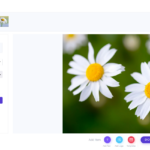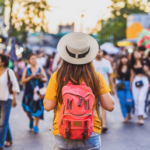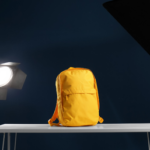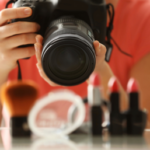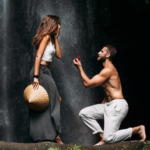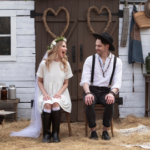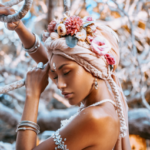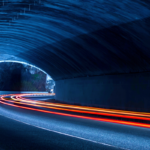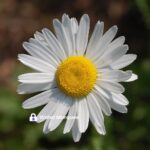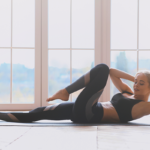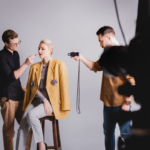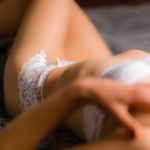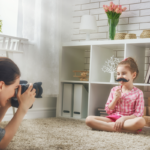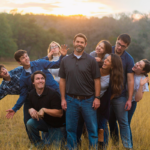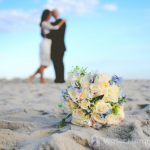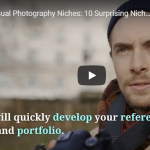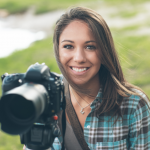Why is bird photography worth a try?
Due to their graceful and beautiful movements, birds are great subjects for photographers. In bird photography, it can be difficult to capture photos of birds but it does add a tremendous visual impact on any image.
Finding your first subject is easy because you can find birds almost anywhere on the planet. You can begin at your own backyard or in a park nearby. Bird feeders are a wonderful way to lure them wherever you need them to be.
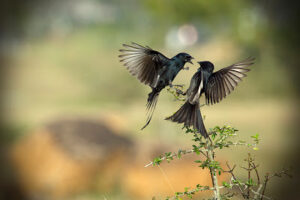
Use Proper Equipment
Birds are shy animals, so be sure to bring in at least a 200 mm lens and a tripod. If you like to capture them in flight, you will need a camera with FPS (Frames Per Second) and high ISO results. You’re probably not going to need or even be able to use a flash. Nevertheless, you are definitely going to need perseverance. Remember, that you are hoping to capture the bird in a natural pose, against a good background, with good lighting. Wild animals like birds are not going to go out of their way to help you do all of that.
Camera Settings
Maintaining fast shutter speeds, particularly for birds in flight and smaller birds that move quite quickly, is incredibly important – you cannot fix the motion blur in post-production. In some situations, photographers shoot at slightly slower shutter speeds only to blur the wings of the bird slightly, to create a sense of movement. But in all other situations, you’re trying to stop the action. Usually, to achieve this, I set my shutter speed to between 1/1000 and 1/1600. Most digital cameras have the usual camera modes: “Manual,” “Aperture Priority,” “Shutter Priority,” and “Program.” The camera mode that I use most for my photography, including birding, is “Aperture Priority.”
You could set the minimum shutter speed, which could be set to a high number for bird photography, and the maximum ISO for detail retention. This feature is really useful, and I use it all the time, setting Auto-ISO, maximum ISO to anything like 1600, and minimum shutter speed to 1/1000 seconds.
Keep Still
You’re going to have to stay still, or even find a good hiding spot, in order not to scare away your feathered subjects. The best time of day for bird photography is morning and night when the light is the brightest, and the birds seem to be the most active.
Transport the Viewer into the Bird’s World
We view our world at the height of 5 to 6 feet, but birds see the planet within a few inches to a few feet. To get the feeling of the bird’s environment, you have to get down to their level!
Go Low and Go Slow
Always try to take pictures of birds from their eye level, except birds in flight, of course. This has greater benefits that outweigh all of the concerns like I cannot bend down, lie down, etc.
It is All in the Eye
Take a look at every video of a bird. What’s the first thing you want to see? It’s the eye, huh?
We appear to have eye contact with any living being. It’s no different from the birds. The eyes are the portals of the mind. In bird photography, when there is no light in the pupils, they appear dark or dead. Birds look brilliant when there’s light in their eyes.
This light in the eye is described as a catch light.
Fill the Frame
In bird photography, we usually take photos of an individual bird. When photographing individual birds, it’s always a good idea to fill a bird frame.
Tell a Story
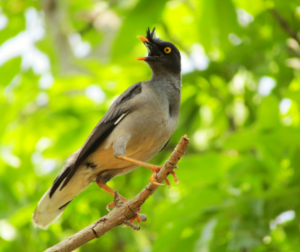
The storytelling in bird photography should not be confused with the stories that run through the pages. Storytelling is a way to show the time of the day, place, mood, or movement of the bird in one photograph. Viewers should be able to portray themselves in the scenario.
Just put, a photograph with a bird and its surrounding will provide a better sense of story than just the bird filling the frame. Though it may not always be true.
Capture their Action and Behaviour
Birds are constantly in action. They hardly sit still. Capturing birds in action require more patience and effort compared to photographing perched birds.
Here are some tips to capturing birds in motion:
Photograph early in the morning or late in the afternoon while birds are highly active
Use burst shot mode to take a few images during the action watch the bird until the focus is locked before clicking the shutter. Learn to predict the action either by watching or reading about them. Birds prefer to ignore you when they are really hungry. It is very easy to take pictures of them in action during these periods. However, care should be taken not to disturb them and keep them at a considerable distance.
Capturing bird activity is much harder than any other aspect. Typically, because birds are alerted the moment you are in their range.
The alert bird is almost always trying to fly away, and you seldom see its actions. You could observe the actual nature of a bird when it is relaxed.
Capture Their Magnificent Flight
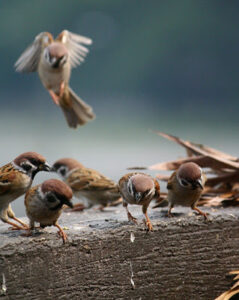
The fascinating aspect of bird photography is the recording of their majestic flight. This is a very challenging thing for beginners and pros alike. It is not easy to take pictures of the flight that will wow the viewers.
The success with these animals in bird photography largely depends on the bird as well as the method one employs. Smaller birds are usually very unstable in their flight and are often a little difficult to track as they are typically too small in the picture. But bigger birds are slightly less agile and not as hard to track.
If you want to be effective with bird photography, start with larger, slower-moving birds. Discover all the field strategies to take the perfect images of these species.
Do Not Stress Them Out
Finally, remember not to pressure your subjects when doing a bird photography shoot. Keep away from their nests and do nothing to hurt the birds.
Bird Photography Wrap Up
Focus your energy and time on learning all the basic principles outlined above. Prove yourself that you have too much motivation to go out and take pictures of birds every day, or as much as you can. Meanwhile, make sure you don’t commit these photography mistakes that make you look amateur.
Y+Now that you’ve learnt how to take the most amazing bird photographs, remember to protect them with a watermark before you publish online. Watermarquee’s easy to use watermark creator is perfect for the job. Sign up today for unlimited watermarking.




